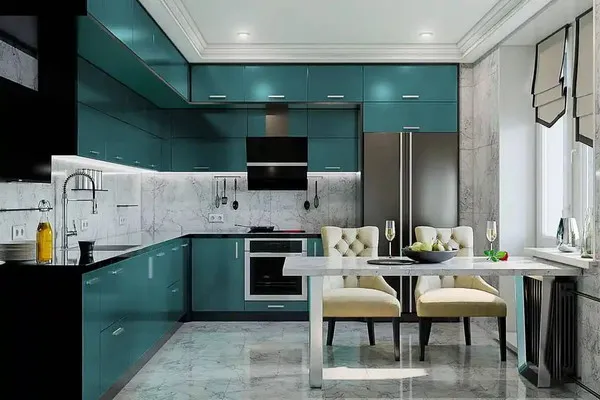Opening a kitchen design business can be an exciting and challenging endeavor. As with any business, having a solid business plan is crucial for success. A business plan outlines your goals, strategies, and financial projections, helping you stay organized and focused on your objectives. This is particularly important in the competitive world of kitchen design, where standing out and building a loyal customer base is key to staying afloat. To start, define your target market and identify the services you will offer. This could include kitchen remodeling, custom cabinetry, or design consultations. Consider your competition and what sets your business apart from others. This will be important in creating your brand and marketing strategies. When it comes to finances, be realistic about your budget and expenses. Consider the costs of renting a space, purchasing equipment and supplies, and hiring employees. It may also be helpful to seek advice from a financial advisor or mentor to ensure your business plan is sound.1. Business Plan for Opening a Kitchen Design Business
In today's digital age, having a strong online presence is crucial for any business, including a kitchen design business. Utilizing social media platforms like Instagram and Facebook can help showcase your designs and reach potential clients. Consider investing in professional photography to showcase your work and attract potential customers. You can also use social media to run promotions or offer discounts to attract new clients. Networking is also crucial for a kitchen design business. Attend industry events and trade shows to build relationships with potential clients and other professionals in the field. Collaborating with other businesses, such as contractors or home builders, can also help expand your reach and attract new clients.2. Marketing Strategies for a Kitchen Design Business
The location of your business can greatly impact its success. Consider factors such as foot traffic, accessibility, and competition when choosing a location. A high-traffic area with plenty of parking and little competition can be ideal for attracting potential clients. You may also want to consider setting up your business in a design district or a neighborhood known for its home renovations to attract clients who are already interested in design services. It's also important to create a welcoming and visually appealing space for your clients. This could include having a showroom to showcase your designs or a comfortable consultation area for clients to discuss their needs. Keep in mind that your location should reflect your brand and target market.3. Finding the Right Location for Your Kitchen Design Business
When setting up your business, it's important to have the right tools and equipment to provide high-quality services to your clients. This could include software for designing and rendering, as well as tools for measuring and installing. Consider investing in high-quality materials and equipment to ensure your designs are durable and long-lasting. This will not only satisfy your clients but also help build a strong reputation for your business. Additionally, it's important to have a strong team in place to help you run your business smoothly. Hiring skilled and experienced employees can help you provide quality services to your clients and help manage the workload. Consider implementing a training program to ensure your employees are familiar with your business's processes and standards.4. How to Set Up Your Kitchen Design Business for Success
Like any business, there are legal requirements that must be met when opening a kitchen design business. These may include obtaining business licenses and permits, registering your business with the state, and acquiring liability insurance. It's crucial to research and comply with all legal requirements to avoid any potential legal issues in the future. You may also want to consider hiring a lawyer to help you navigate the legal aspects of running a business. They can also assist you in creating contracts and agreements that protect your business and your clients.5. Understanding the Legal Requirements for Opening a Kitchen Design Business
As your business grows, you may need to hire employees to help you manage the workload. It's important to have a solid hiring process in place to ensure you are hiring the right people for your business. This could include conducting thorough interviews, checking references, and having a trial period to assess their skills and fit for your business. Once you have a team in place, it's important to have effective management strategies to ensure your employees are satisfied and motivated. This could include setting clear expectations, providing feedback and recognition, and creating a positive work environment. Happy employees can lead to satisfied clients and a successful business.6. Tips for Hiring and Managing Employees in Your Kitchen Design Business
Your brand identity is what sets your business apart from others and helps attract potential clients. It includes your business name, logo, and overall aesthetic. Creating a strong brand identity can help build recognition and loyalty among clients. Consider working with a graphic designer to create a visually appealing and unique brand for your business. Your brand identity should also reflect your business values and target market. For example, if you specialize in eco-friendly design, your brand should reflect that through its messaging and design elements. Consistency in branding is key to building a strong and recognizable brand.7. Creating a Strong Brand Identity for Your Kitchen Design Business
As mentioned earlier, social media can be a powerful tool in promoting your kitchen design business. In addition to showcasing your work, you can also use social media to engage with your audience and attract new clients. Consider creating a blog or YouTube channel to share design tips and showcase your expertise. This can help establish you as a thought leader in the industry and attract potential clients who are interested in your services. Collaborating with influencers or partnering with other businesses in the design industry can also help expand your reach and attract new clients. Be sure to use relevant hashtags and engage with your audience to build a strong online presence.8. Utilizing Social Media to Promote Your Kitchen Design Business
Networking is crucial for any business, and the kitchen design industry is no exception. Building relationships with other professionals, such as contractors and suppliers, can help you provide a more comprehensive service to your clients. It can also lead to potential collaborations and referrals. Attend industry events and join professional organizations to expand your network and stay updated on industry trends and innovations. It's also important to build strong relationships with your clients. Word-of-mouth recommendations can greatly impact your business, so providing exceptional customer service and creating a positive experience for your clients is crucial.9. Networking and Building Relationships in the Kitchen Design Industry
The kitchen design industry is constantly evolving, with new trends and innovations emerging all the time. Staying updated on these trends and incorporating them into your designs can help your business stay competitive and attract new clients. Consider attending trade shows and conferences to learn about the latest design trends and technologies. Additionally, staying current with the latest design software and tools can help you provide high-quality services and stay ahead of the competition. Continuously educating yourself and your employees on industry developments can help your business thrive and stand out in the crowded market of kitchen design. In conclusion, opening a kitchen design business requires careful planning, strong marketing strategies, and a dedication to providing exceptional services. By following these tips, you can set your business up for success and establish a strong presence in the competitive world of kitchen design.10. Staying Competitive in the Kitchen Design Market: Trends and Innovations
Expanding Your Kitchen Design Business

Why Diversifying Your Services Can Lead to Success
 Expanding your kitchen design business can be a daunting task, but it can also be a rewarding one. As the demand for custom kitchen designs continues to rise, it is important for businesses to stay ahead of the competition. One way to do this is by diversifying your services and offering more than just kitchen design. By expanding your services, you can attract a larger client base and increase your revenue. So how can you diversify your kitchen design business?
Bathroom Design:
Many homeowners are looking to update their bathrooms to create a cohesive design throughout their home. By offering bathroom design services, you can tap into a new market and showcase your expertise in creating functional and aesthetically pleasing spaces. This also allows you to upsell to clients who are already using your kitchen design services.
Outdoor Kitchen Design:
With the rise in popularity of outdoor living spaces, outdoor kitchen designs have become a sought-after service. By expanding your services to include outdoor kitchen design, you can cater to clients who want to extend their living space into the outdoors. This can also provide opportunities for collaborations with landscaping and outdoor living businesses.
Virtual Design:
In today's fast-paced world, many clients prefer to have virtual consultations and designs done for their projects. By offering virtual design services, you can reach a wider audience and cater to clients who may not be able to meet in person. This is also a great option for clients who are looking for a more affordable design option.
Custom Cabinetry:
While kitchen design often includes cabinetry, offering custom cabinetry services can set your business apart. By having your own line of custom cabinetry, you can offer clients unique and personalized options for their kitchen design. This can also lead to potential partnerships with other businesses in the home renovation industry.
In addition to providing new services, it is important to stay up-to-date with the latest trends and technologies in the kitchen design industry. This can include using 3D design software or incorporating eco-friendly materials into your designs. By offering innovative and sustainable options, your business can stand out and attract environmentally conscious clients.
Expanding your kitchen design business may seem daunting, but by diversifying your services and staying ahead of industry trends, you can set your business up for long-term success. So don't be afraid to think outside the box and offer new and innovative services to your clients. By doing so, you can take your kitchen design business to the next level and stay ahead of the competition.
Expanding your kitchen design business can be a daunting task, but it can also be a rewarding one. As the demand for custom kitchen designs continues to rise, it is important for businesses to stay ahead of the competition. One way to do this is by diversifying your services and offering more than just kitchen design. By expanding your services, you can attract a larger client base and increase your revenue. So how can you diversify your kitchen design business?
Bathroom Design:
Many homeowners are looking to update their bathrooms to create a cohesive design throughout their home. By offering bathroom design services, you can tap into a new market and showcase your expertise in creating functional and aesthetically pleasing spaces. This also allows you to upsell to clients who are already using your kitchen design services.
Outdoor Kitchen Design:
With the rise in popularity of outdoor living spaces, outdoor kitchen designs have become a sought-after service. By expanding your services to include outdoor kitchen design, you can cater to clients who want to extend their living space into the outdoors. This can also provide opportunities for collaborations with landscaping and outdoor living businesses.
Virtual Design:
In today's fast-paced world, many clients prefer to have virtual consultations and designs done for their projects. By offering virtual design services, you can reach a wider audience and cater to clients who may not be able to meet in person. This is also a great option for clients who are looking for a more affordable design option.
Custom Cabinetry:
While kitchen design often includes cabinetry, offering custom cabinetry services can set your business apart. By having your own line of custom cabinetry, you can offer clients unique and personalized options for their kitchen design. This can also lead to potential partnerships with other businesses in the home renovation industry.
In addition to providing new services, it is important to stay up-to-date with the latest trends and technologies in the kitchen design industry. This can include using 3D design software or incorporating eco-friendly materials into your designs. By offering innovative and sustainable options, your business can stand out and attract environmentally conscious clients.
Expanding your kitchen design business may seem daunting, but by diversifying your services and staying ahead of industry trends, you can set your business up for long-term success. So don't be afraid to think outside the box and offer new and innovative services to your clients. By doing so, you can take your kitchen design business to the next level and stay ahead of the competition.
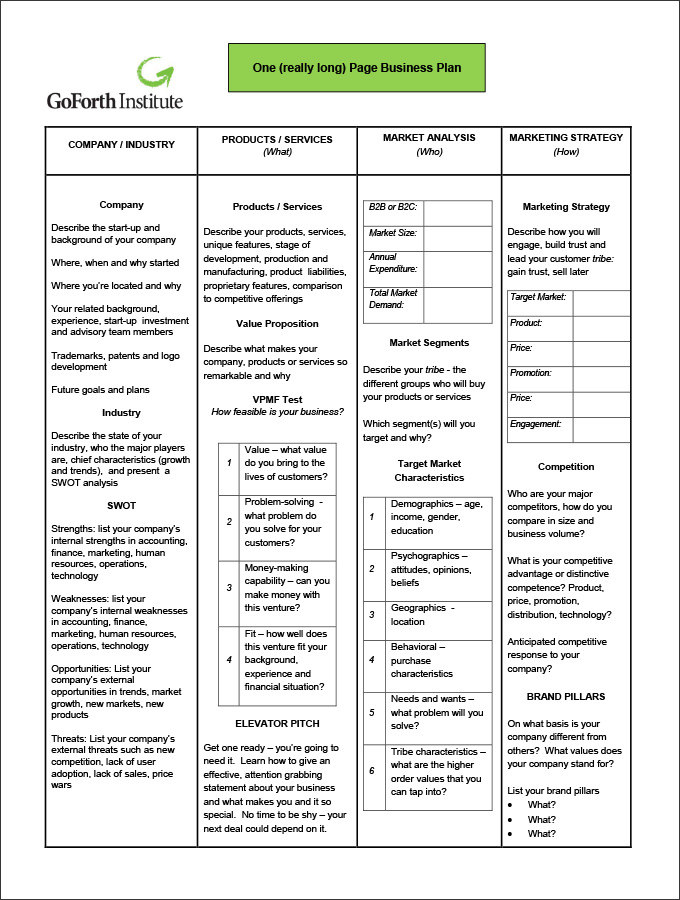




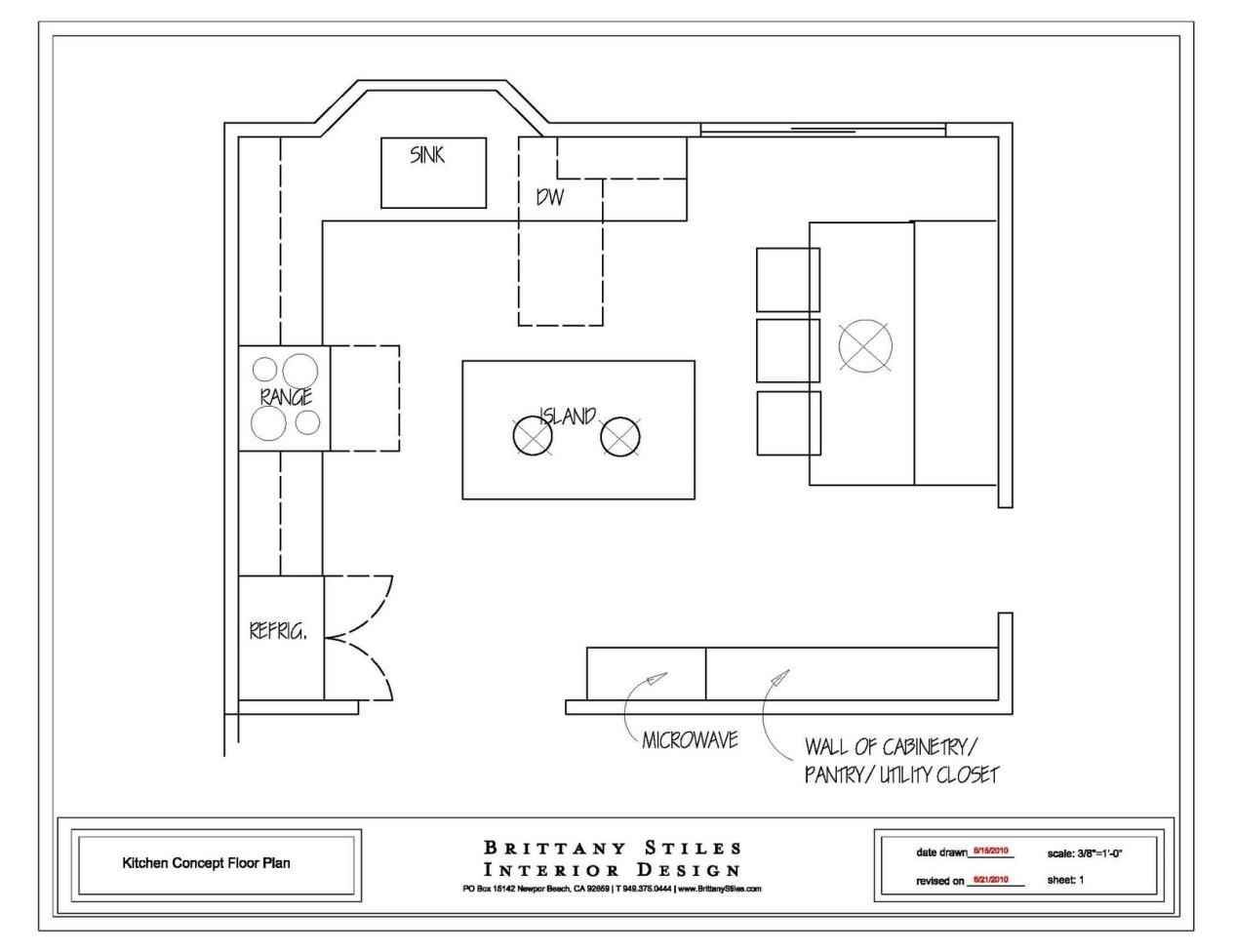



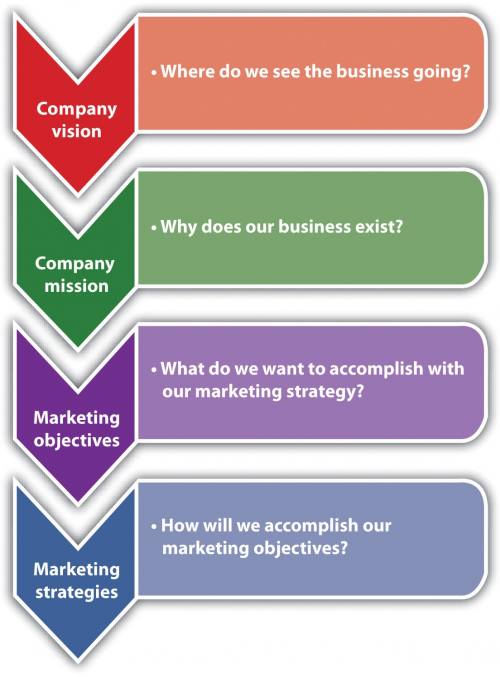




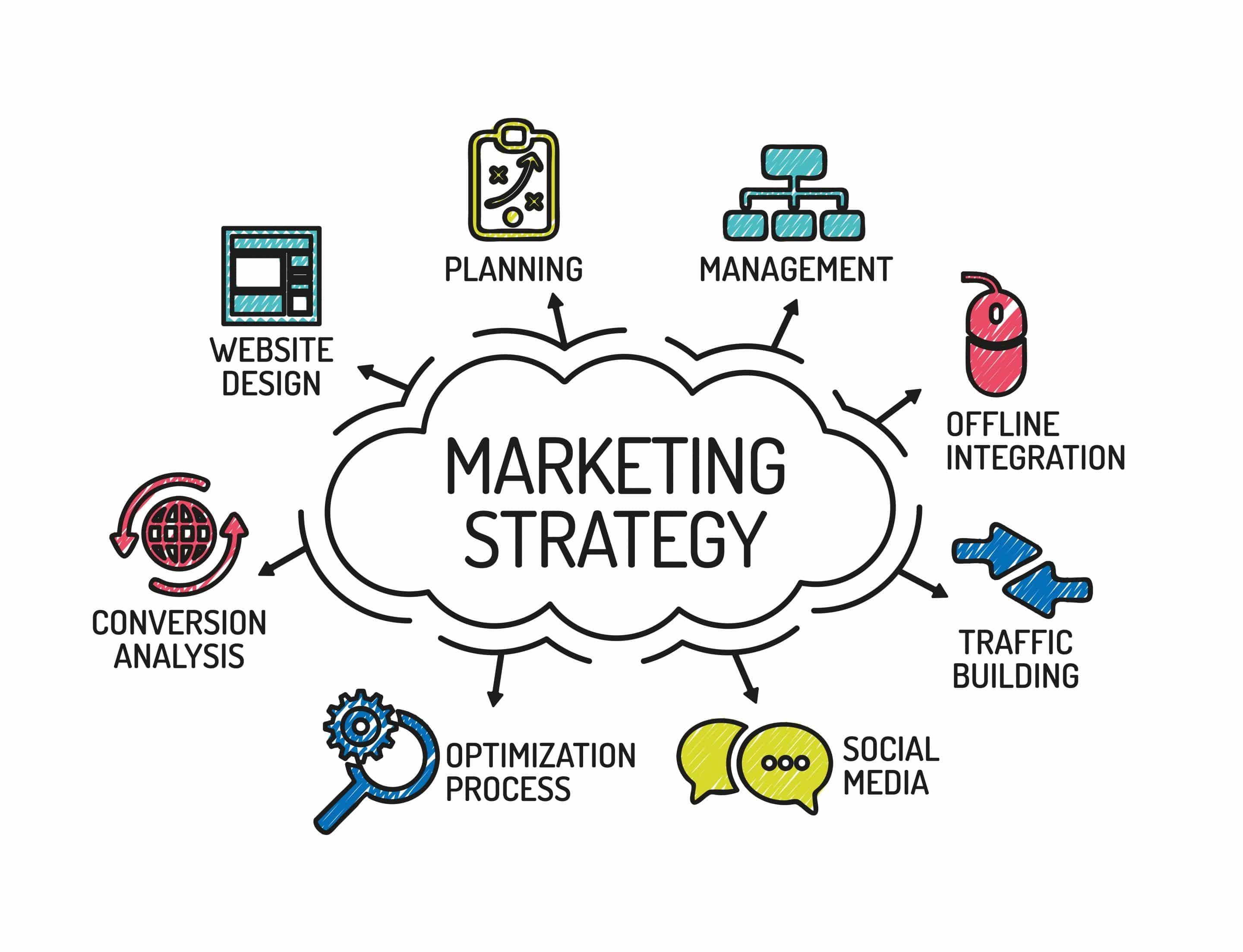


















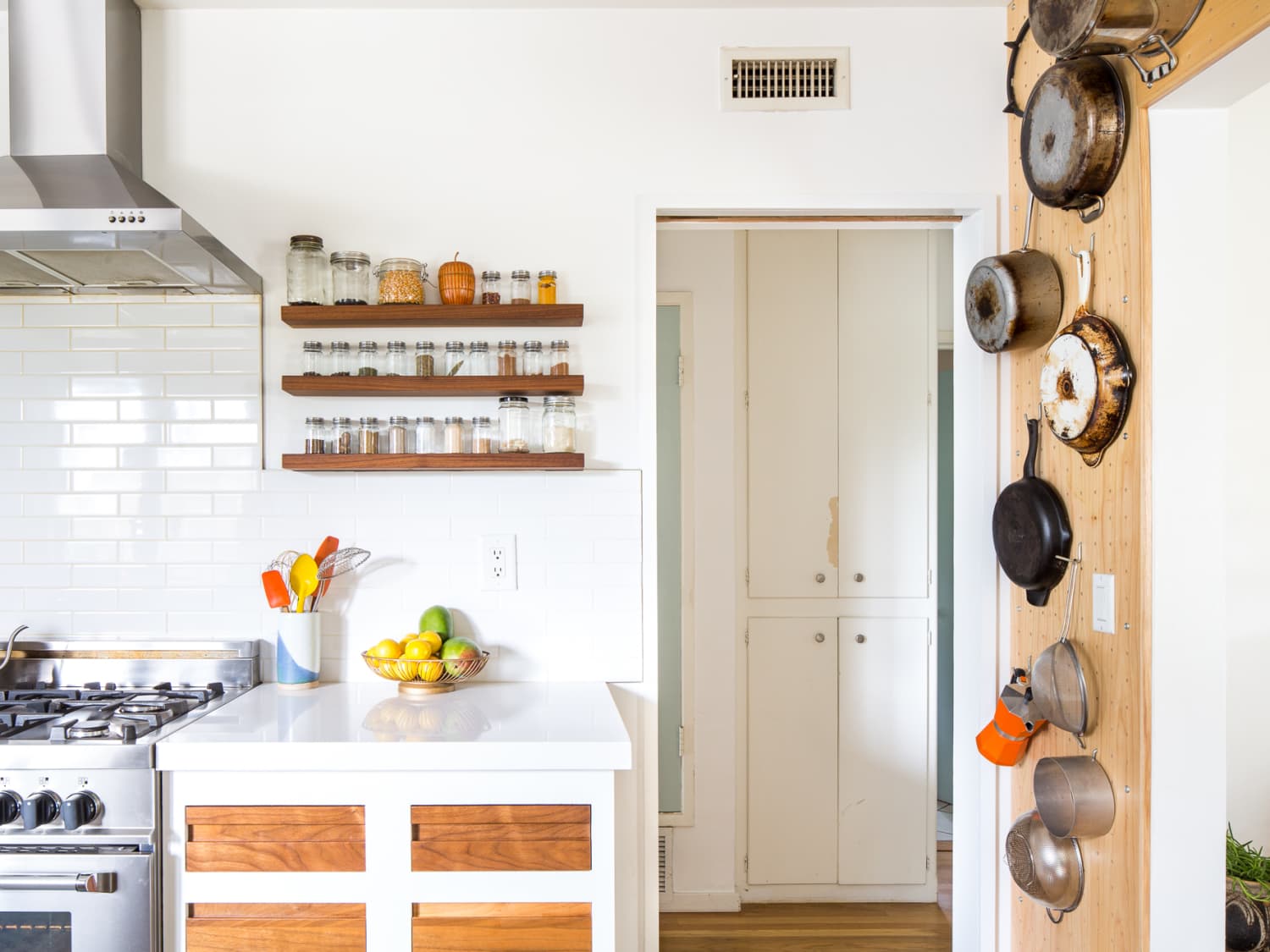





 (1) (1) (1) (1) (4).jpg)



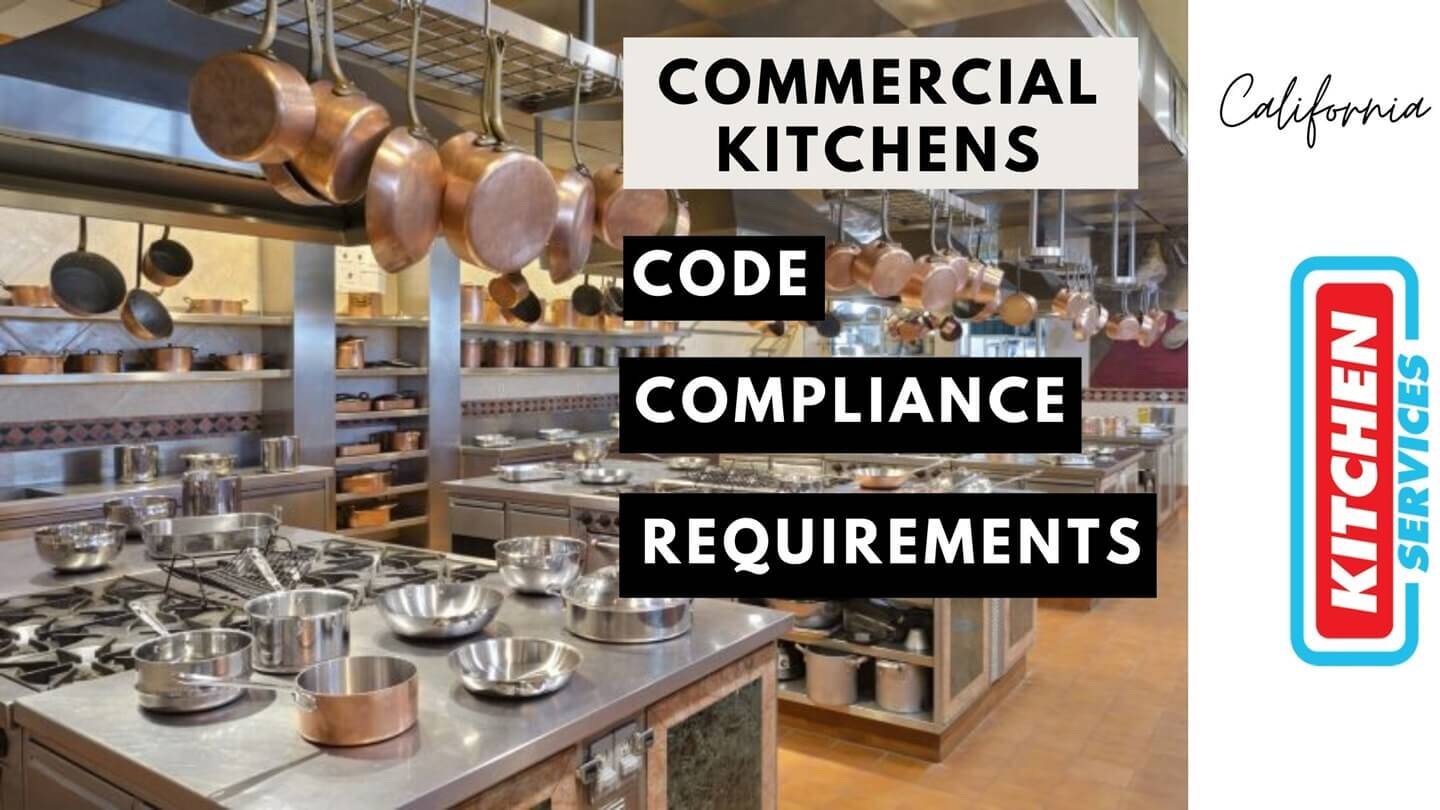
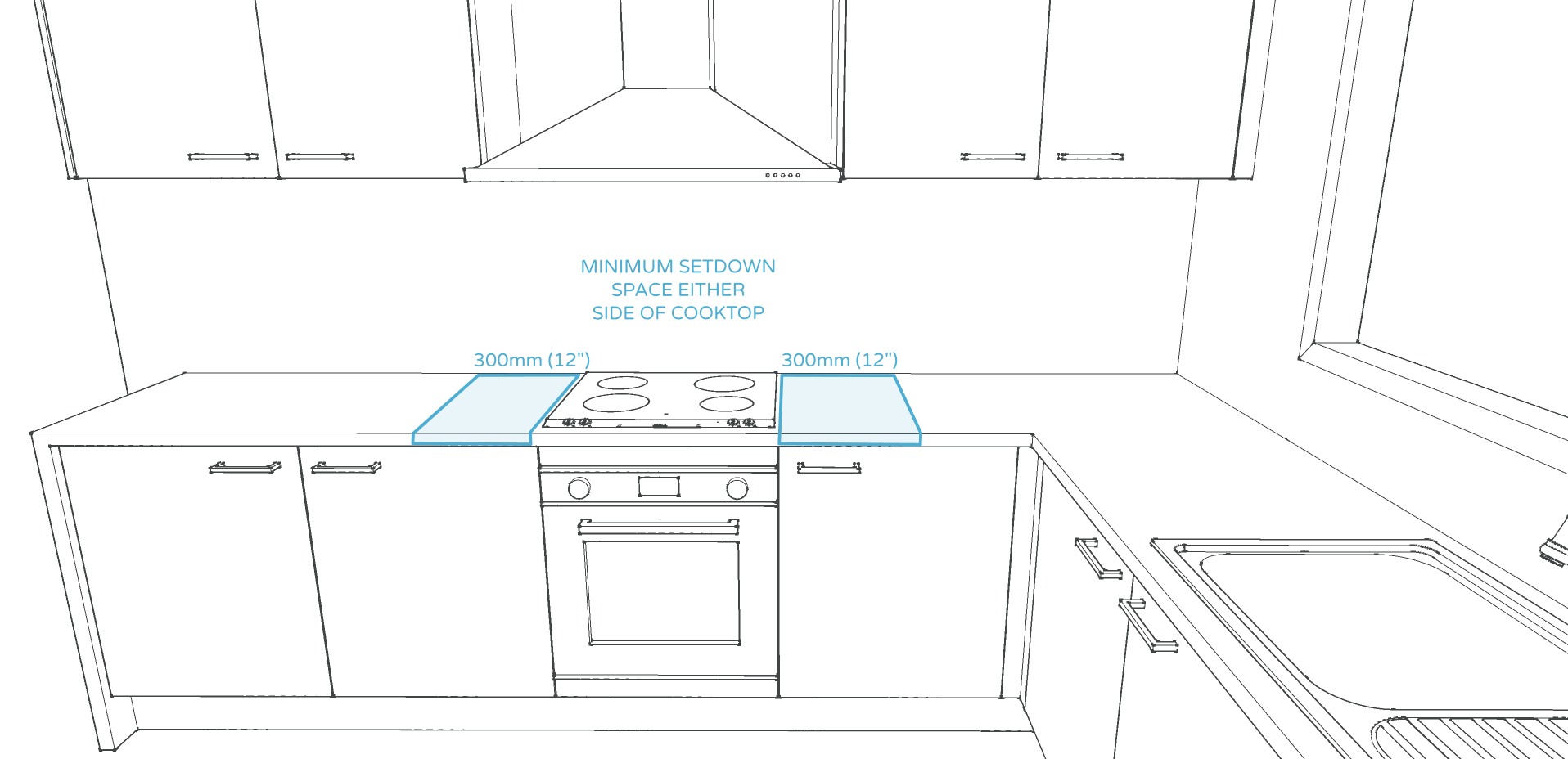











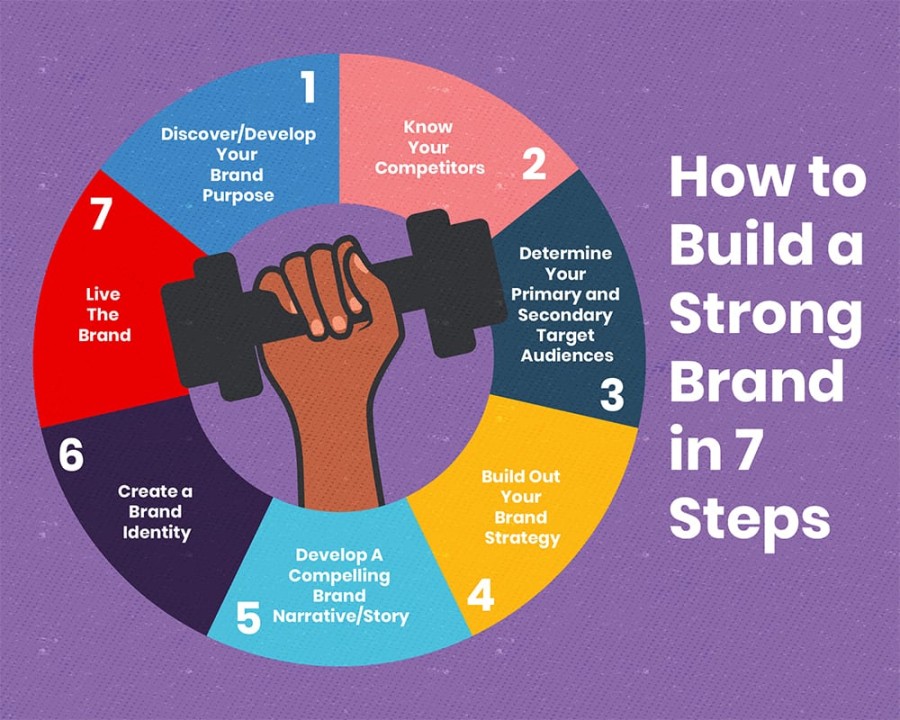










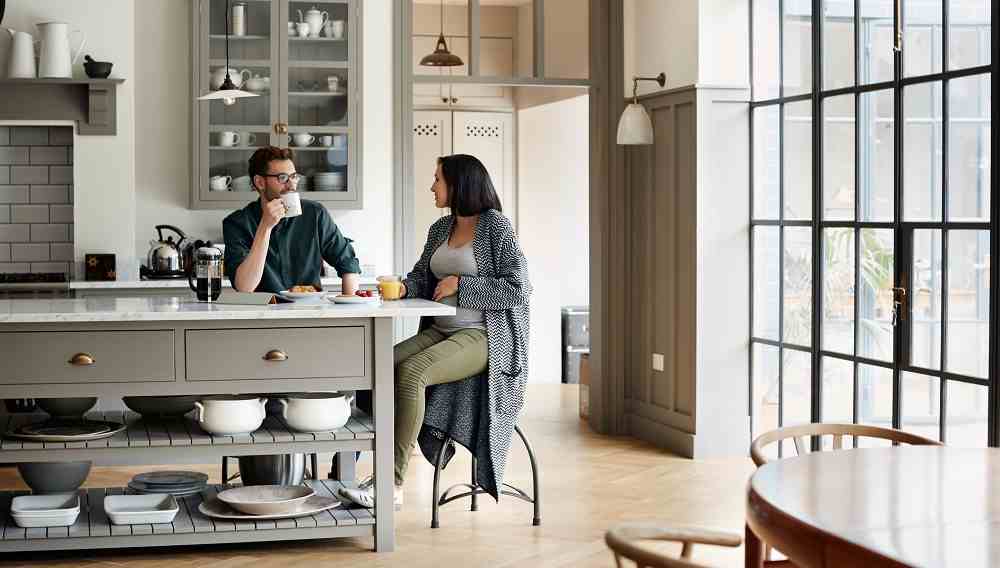


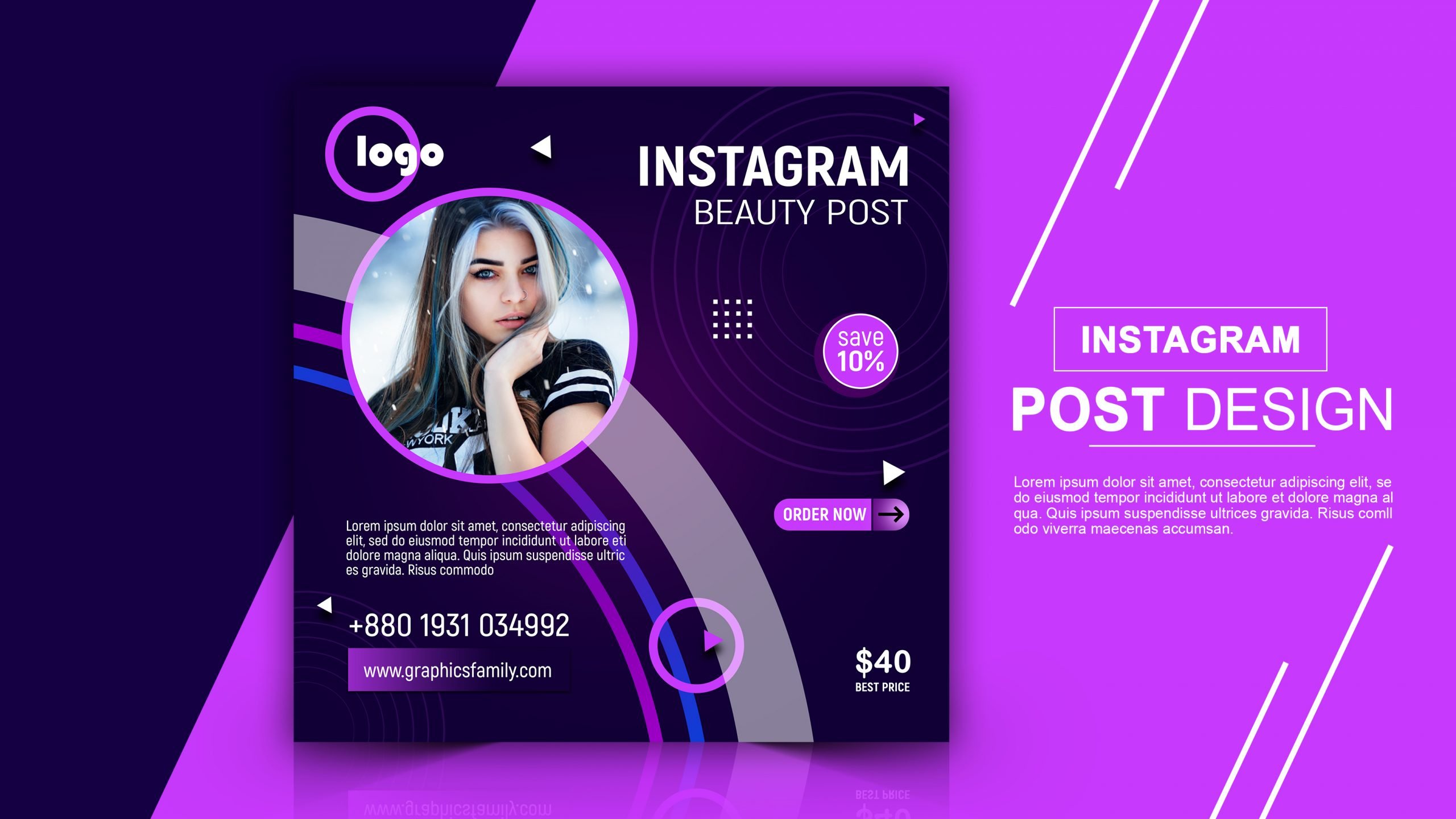













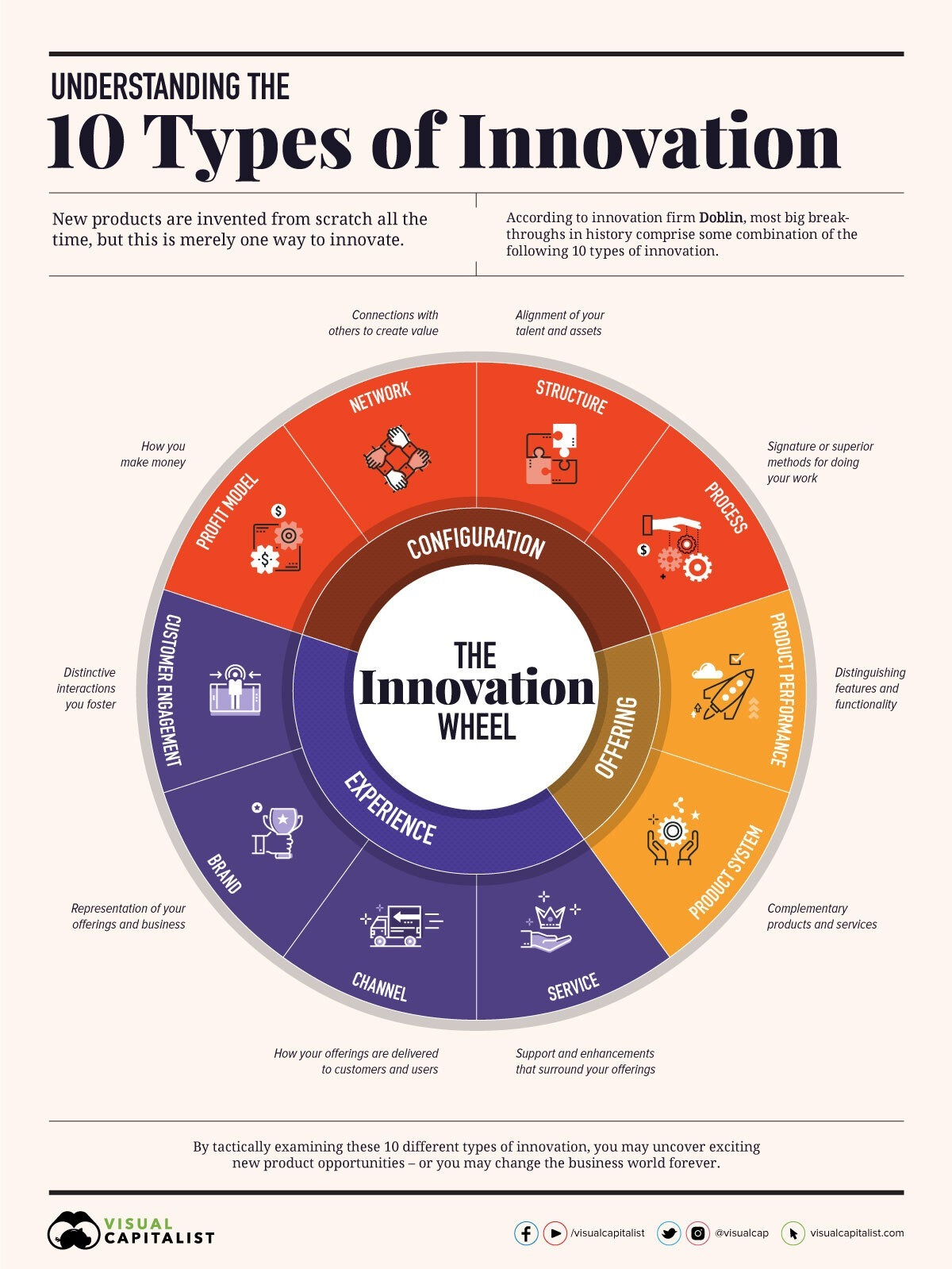

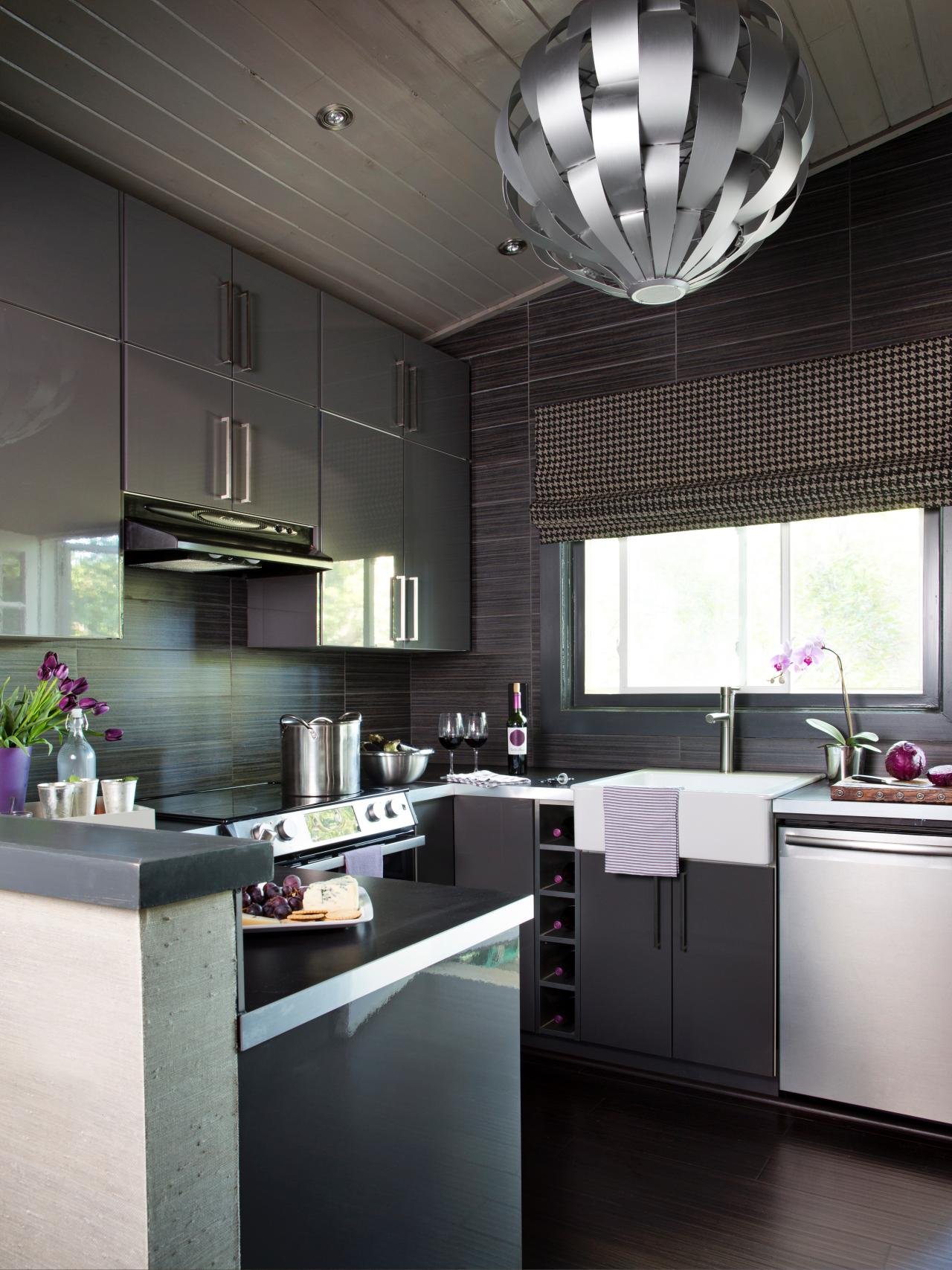
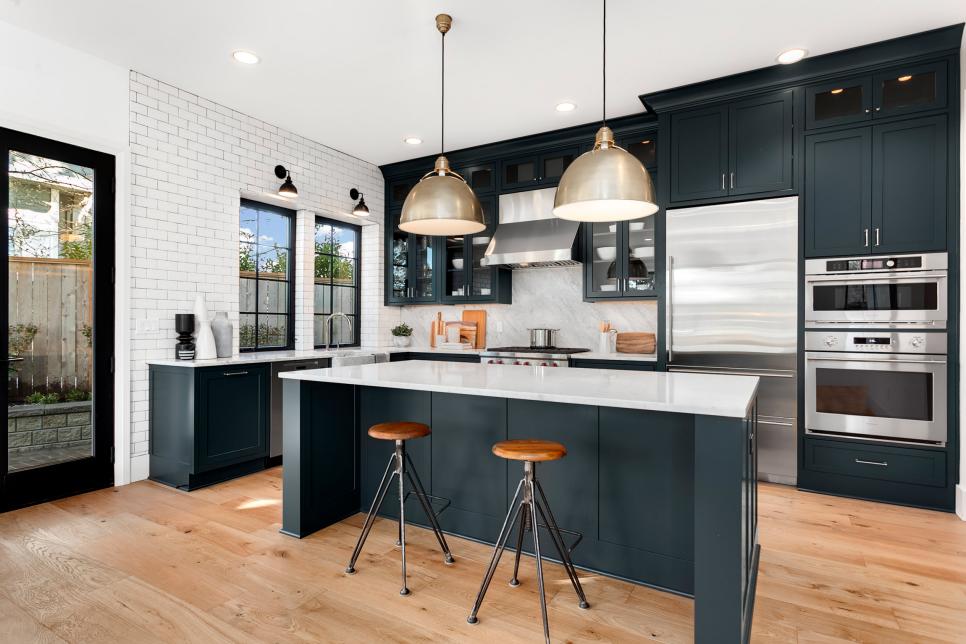
/AMI089-4600040ba9154b9ab835de0c79d1343a.jpg)
:max_bytes(150000):strip_icc()/helfordln-35-58e07f2960b8494cbbe1d63b9e513f59.jpeg)
